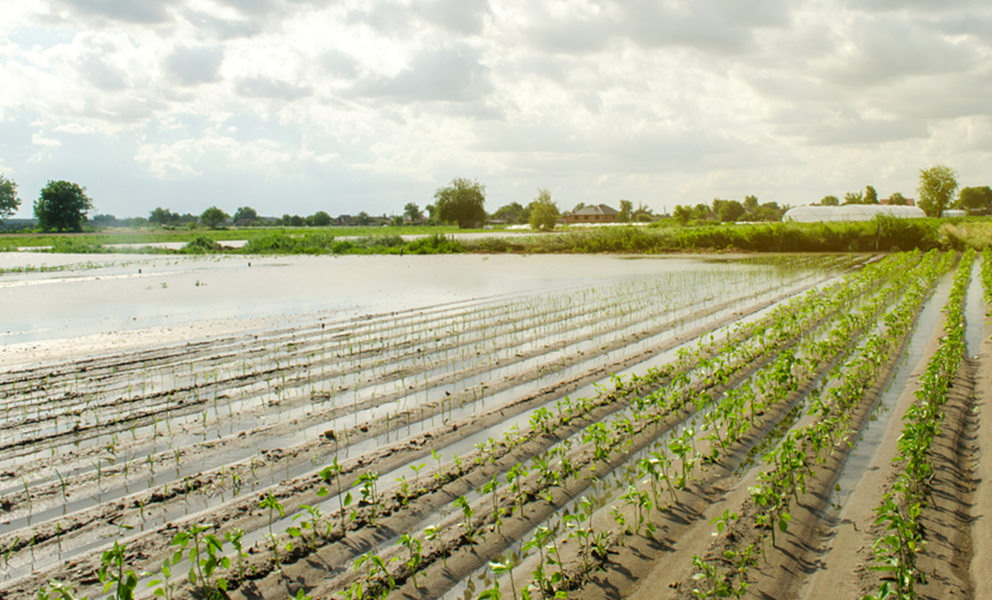
Climate Smart Agriculture - Need of the Hour !
Climate change is already affecting the planet, increasing the likelihood or intensity of events like floods, heatwaves, and drought, and inflicting billions of dollars worth of damage. Lower-income (developing) economies are facing the biggest impacts, because they often depend on outdoor work like in agriculture, or rely on natural capital, both of which are vulnerable to a changing climate.
More than 2 billion people currently live on about 550 million small farms, with 40% of them on incomes of less than U.S. $2 per day. In order to increase their meager incomes, they cut down trees to access more land. India, with its around one and half billion population to feed, is the most important food basket in the world. Adverse impact on the ability to produce food will critically threaten the food security of the nation. The worsening climate is the elephant in the room!
At present, smallholders are trapped in a negative cycle that damages both themselves and the planet. They are vulnerable to adverse weather incidents and water scarcity, have limited access and low bargaining power with purchasers of their output, and incur high crop losses (estimated at 28% of their production during on-farm growing and post-harvest storage). In order to increase their meager incomes, they cut down trees to access more land. But deforestation reduces the planet’s capacity for absorbing carbon gases from the atmosphere, releases carbon gases when the felled trees rot or burn, and adds new greenhouse gas emissions from the additional livestock and crops on the deforested land.
Agriculture has a significant contribution to climate change and therefore, the way to a sustainable climate must go through climate positive agricultural practices. Especially in India, any intervention needs to be holistic to include socio-economic-cultural roots intricately interwoven in the agrarian ecosystem in India. In north-central India, a large population dependent on rainfed agriculture is under immediate threat. Incidences of irregular spells of excessive (and untimely) rainfalls and droughts have been increasing in the recent past. This region has also witnessed migration to cities, labor shortage for agricultural activities.
From the Indian Government side, the National Action Plan on Climate change was formally launched on June 30th, 2008. The NAPCC identifies measures that promote development objectives while also yielding co-benefits for addressing climate change effectively. There are eight “National Missions” which form the core of the National action plan. They focus on promoting understanding of climate change, adaptation and mitigation, energy efficiency, and natural resource conservation.
It’s time to act now! - India must act now to prevent the country from losing $35 trillion in economic potential over the next 50 years due to unmitigated climate change, according to a report from Deloitte Economics Institute.
The next few steps may involve making the existing farming system more productive to reduce income dependency from further exploiting natural resources. This could be followed by enriching the existing practices with climate positive steps (afforestation, water conservation, soil enrichment, etc.). Awareness generation, upskilling, availing tools/best practices, capacity building, the community-based approach are likely enablers besides active support from government and non-govt organizations.We need a holistic approach to agriculture – All-Inclusive, Ecosystem-Based, and Technology-Enabled.
Central India could be an ideal place to start intervention. This area is vulnerable to climate change, has a heavy dependency on agriculture for income and employment, witnesses high deforestation led by agriculture income need, agriculture is largely dependent on rain among many other factors.